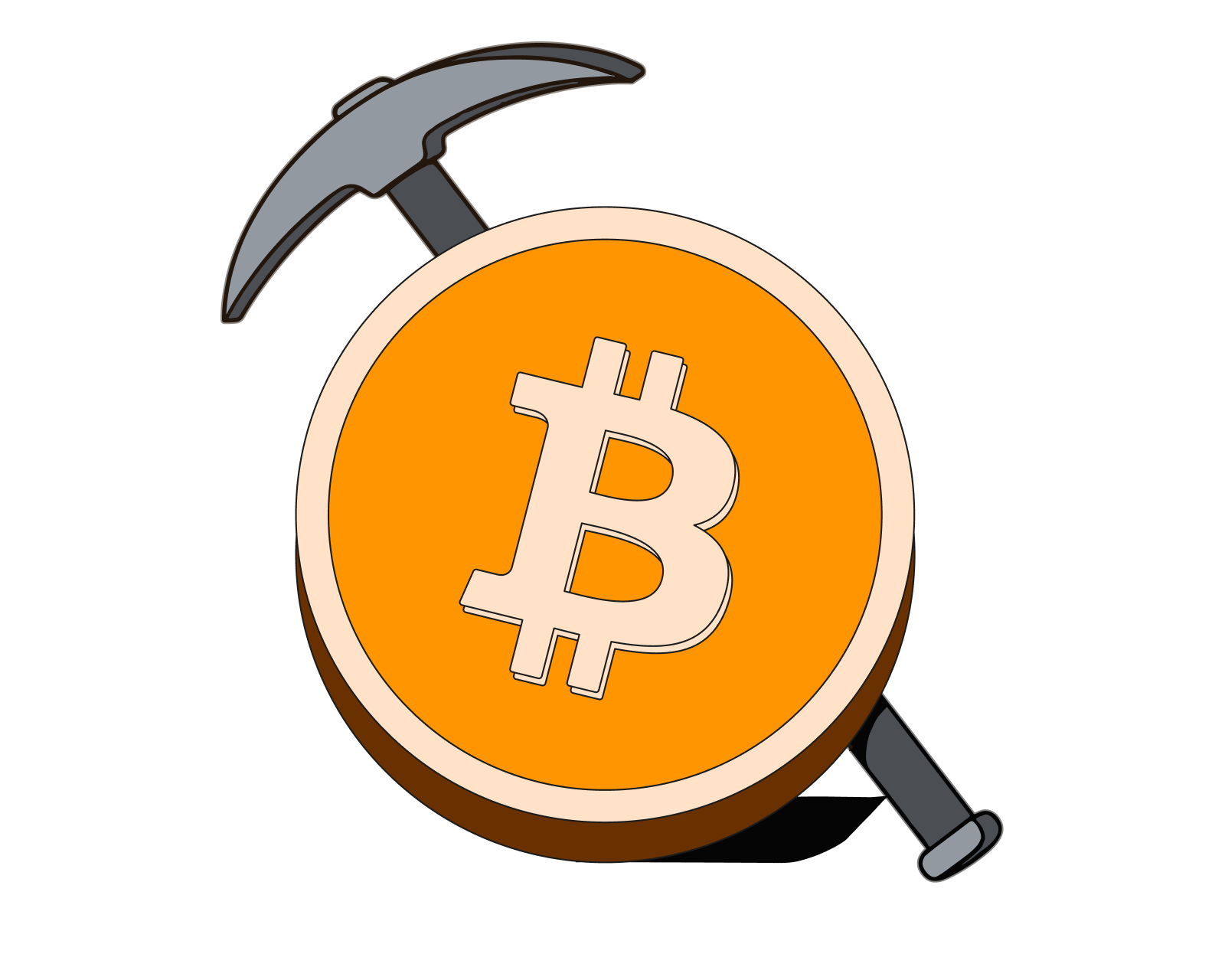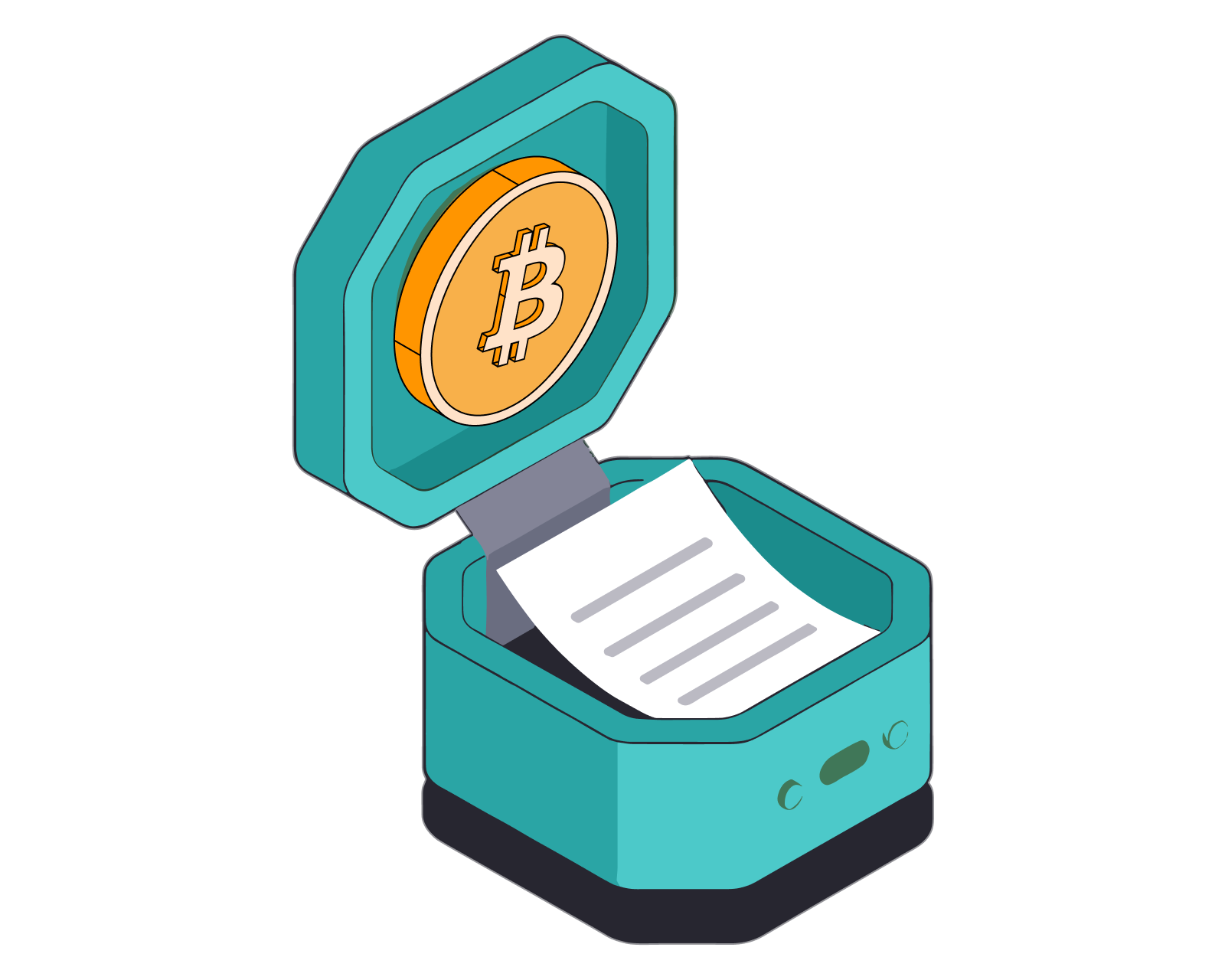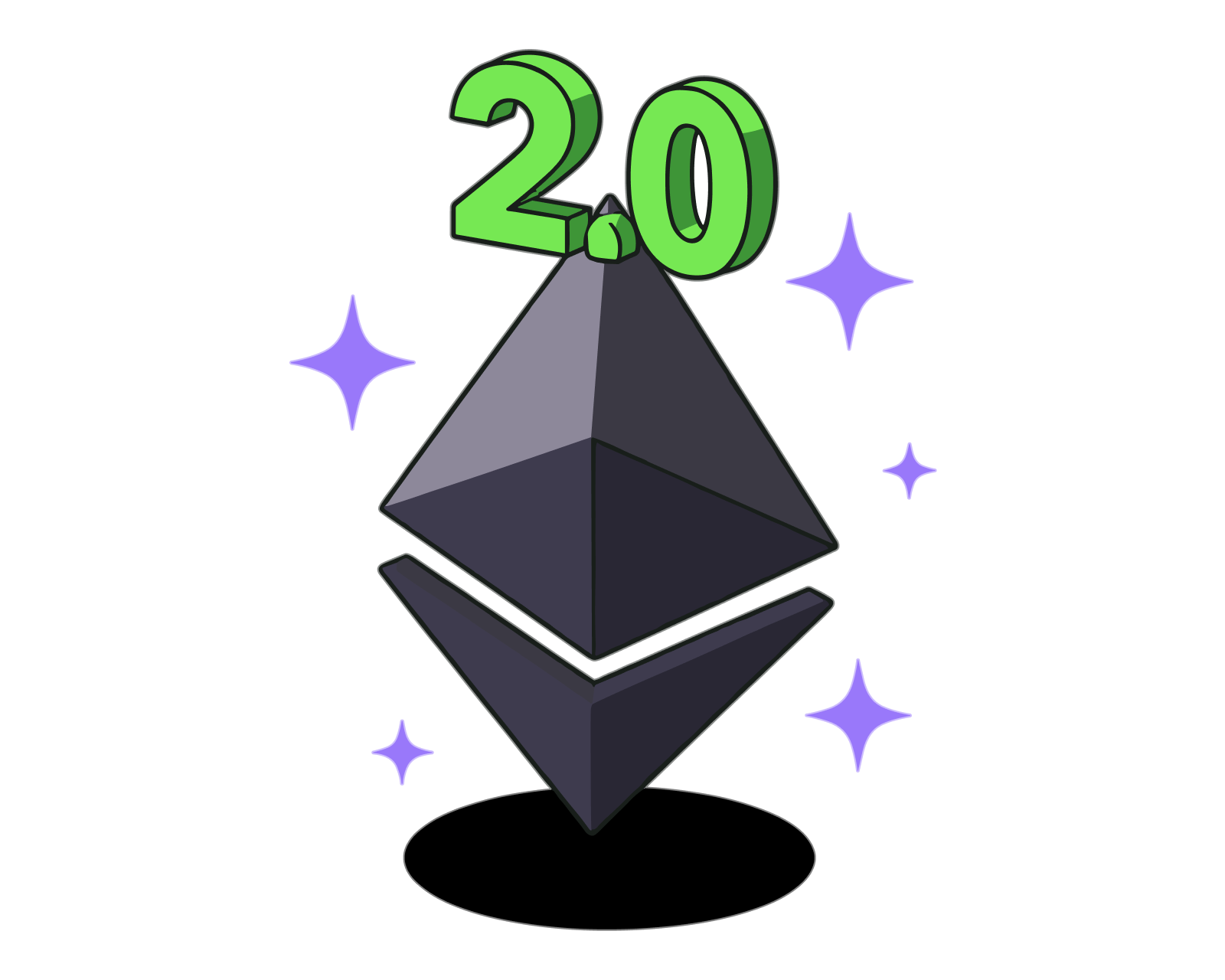What is a consensus mechanism?

Table of Contents
Why are Consensus Mechanisms Necessary?
Blockchains are decentralized networks, meaning they are not controlled by any single entity. This decentralization is one of the key strengths of blockchain technology, as it makes the network more resistant to censorship and manipulation. However, it also presents a challenge: how to ensure that all participants in the network agree on the validity of transactions and the order in which they are added to the blockchain.
This is where consensus mechanisms come in. They provide a set of rules and procedures that allow the network to reach an agreement, even in the absence of a central authority. Without a reliable consensus mechanism, malicious actors could potentially alter the transaction history, double-spend coins, or otherwise disrupt the network's operations. This would undermine the trust and value of the cryptocurrency.
What is a Consensus Mechanism?
A consensus mechanism is a method that allows a group of people to agree on something, even if they don't trust each other. In the context of cryptocurrencies, a consensus mechanism is used to ensure that all participants in a decentralized network agree on the current state of the blockchain. This is essential for the security and integrity of the network, as it prevents malicious actors from altering the transaction history or double-spending coins.
How Consensus Mechanisms Work
Consensus mechanisms vary in their implementation, but they generally involve the following steps:
-
Transaction Broadcasting: When a user initiates a transaction, it is broadcast to the network of nodes (computers that participate in the blockchain).
-
Transaction Validation: Nodes verify the transaction, ensuring that it meets the rules of the protocol, such as the sender having sufficient funds and not attempting to double-spend coins.
-
Block Proposal: A node is selected to propose a new block of transactions to be added to the blockchain. The selection process varies depending on the consensus mechanism.
-
Block Validation: Other nodes verify the proposed block, ensuring that it contains only valid transactions and meets the requirements of the consensus mechanism.
-
Block Addition: If a majority of nodes agree on the validity of the proposed block, it is added to the blockchain.
-
Reward Distribution: The node that proposed the block, and sometimes other participating nodes, receive a reward for their contribution to the consensus process.
Types of Consensus Mechanisms
There are many different types of consensus mechanisms, each with its own strengths and weaknesses. Some of the most common consensus mechanisms used in cryptocurrencies include:
1. Proof of Work (PoW)
Proof of Work (PoW) is the original consensus mechanism, first used by Bitcoin. In PoW, miners compete to solve a computationally intensive puzzle. The first miner to solve the puzzle gets to add a new block of transactions to the blockchain and is rewarded with newly minted cryptocurrency.
Advantages of PoW:
- High Security: PoW is considered to be very secure, as it requires a significant amount of computational power to alter the blockchain.
- Decentralization: PoW allows for a high degree of decentralization, as anyone with sufficient computing power can participate in mining.
Disadvantages of PoW:
- Energy Intensive: PoW consumes a large amount of energy, which has raised concerns about its environmental impact.
- Scalability Limitations: PoW can only handle a limited number of transactions per second, which can lead to network congestion and high transaction fees.
Read more: What is Proof of Work?
2. Proof of Stake (PoS)
Proof of Stake (PoS) is an alternative to PoW that aims to address its energy consumption and scalability limitations. In PoS, validators are chosen to propose new blocks based on the amount of cryptocurrency they hold and are willing to "stake" as collateral.
Advantages of PoS:
- Energy Efficiency: PoS consumes significantly less energy than PoW, as it does not require miners to solve complex puzzles.
- Scalability: PoS can handle a higher volume of transactions per second than PoW.
- Lower Barriers to Entry: PoS allows for greater participation in the consensus process, as anyone with a sufficient amount of cryptocurrency can become a validator.
Disadvantages of PoS:
- Nothing at Stake Problem: Validators may be able to validate multiple chains simultaneously without any additional costs, potentially leading to a less secure network.
- Centralization Risks: If a small number of entities control a majority of the staked cryptocurrency, they could potentially influence the network.
Read more: What is Proof of Stake?
3. Delegated Proof of Stake (DPoS)
Delegated Proof of Stake (DPoS) is a variation of PoS where token holders vote for delegates who represent them as validators. Delegates with the most votes are responsible for validating transactions and adding blocks. A good example is Tron DAO.
Advantages of DPoS:
- Efficiency: DPoS can achieve higher transaction throughput compared to traditional PoS, as a smaller number of delegates are responsible for block production.
- Accountability: Delegates are accountable to the token holders who voted for them, which can encourage responsible behavior.
Disadvantages of DPoS:
- Centralization Concerns: DPoS can be more centralized than other PoS variants, as the number of delegates is limited.
4. Proof of Authority (PoA)
Proof of Authority (PoA) is a consensus mechanism where validators are pre-selected based on their reputation or identity. This mechanism is often used in private or permissioned blockchains, where the participants are known and trusted.
Advantages of PoA:
- Efficiency: PoA can achieve high transaction throughput, as the number of validators is limited and they are known entities.
- Simplicity: PoA is relatively simple to implement and manage.
Disadvantages of PoA:
- Centralization: PoA is highly centralized, as the validators are pre-selected.
- Lack of Transparency: The selection process for validators may not be transparent, which could lead to concerns about fairness.
5. Practical Byzantine Fault Tolerance (PBFT)
Practical Byzantine Fault Tolerance (PBFT) is a consensus mechanism that is designed to be tolerant of malicious or faulty nodes. It involves a multi-round communication process where nodes exchange messages to reach an agreement on the state of the blockchain.
Advantages of PBFT:
- Fault Tolerance: PBFT can tolerate a certain number of faulty or malicious nodes without compromising the network's integrity.
- Finality: PBFT provides instant finality, meaning that once a transaction is confirmed, it cannot be reversed.
Disadvantages of PBFT:
- Scalability Limitations: PBFT can be less scalable than other consensus mechanisms, as the communication overhead increases with the number of nodes.
- Complexity: PBFT is a complex mechanism to implement and manage.
How to Choose a Consensus Mechanism
The choice of consensus mechanism for a blockchain network depends on the specific needs and goals of the project. Factors to consider include:
- Security: The level of security required for the network.
- Scalability: The desired transaction throughput and capacity of the network.
- Decentralization: The level of decentralization desired for the network.
- Energy Efficiency: The energy consumption of the consensus mechanism.
Asset Management in Legacy Finance
Before crypto, there was no practical way to personally manage all of your financial assets. The closest approximation was physically holding all of your assets, such as fiat cash, precious metals, and real estate. You’d have to keep those assets under your bed or in a safe. Almost no one does this for obvious reasons: a) it’s expensive to have the space and equipment to safeguard your wealth yourself b) you lose access to most financial services and products such as electronic payments, stock trading, and borrowing and lending. Most people relinquish full control of their assets because of those drawbacks.
Still, people wish to personally direct where and how to use and invest their assets. With the advent of the internet, there has been a precipitous rise in the percentage of individual investors. This rise of self-directed investors has laid bare basic problems of relying on intermediaries. The actions taken by Robinhood in late January 2021 and the London Metal Exchange in March 2022 both featured centralized exchanges that suspended certain actions to protect themselves. Both cases have attracted the attention of regulators and lawsuits.
Asset Management in Crypto
It’s important to start with the fact that just because you are using crypto does not mean you are automatically in full control of your crypto assets. You must be using a self-custodial wallet to do so. If you have purchased your crypto from a centralized exchange (CEX), then you are still relying on a third party to custody your assets.
Read more:
Self-custody limits your exposure to third-party risks, such as insolvency and poor asset management. Recent events in crypto have highlighted the risks of custodial services. Self-custody does not fully eliminate all risks. Such a thing is impossible in this world, but opaque third-party risks are essentially eliminated. You still will have some risk from interacting with DeFi DApps, but these risks are transparent and well understood.
Using self-custodial DeFi DApps will also completely eliminate risks of third parties trading against their customers or sacrificing their customer deposits to save themselves.
Crypto asset management is also a wider category than asset management in traditional markets. Anything that can be tokenized can be managed all from one crypto asset wallet. This includes cryptocurrencies and digital token assets, such as NFTs. NFTs can represent art, music, video, derivative positions, yield positions, insurance policies, prediction market positions, and in the future might include your social graph for social networking sites, passwords and online credentials.
Traditional financial markets and web2 companies like Google, Facebook, Twitter, and Netflix, have a lot in common. Both control and monetize your money and data.
Crypto asset management changes all of that.
Learn more about decentralized finance (DeFi) and decentralized applications (dApps)
The Future of Consensus Mechanisms
The field of consensus mechanisms is constantly evolving, with new and innovative approaches being developed. Some of the emerging trends include:
- Hybrid Consensus Mechanisms: Combining multiple consensus mechanisms to leverage their strengths and mitigate their weaknesses.
- Proof of Space and Time: Using storage space or computational time as a measure of consensus.
- Quantum-Resistant Consensus Mechanisms: Designing consensus mechanisms that are resistant to attacks from quantum computers.
Related guides
Start from here →
What is Bitcoin?
Get a straightforward introduction to Bitcoin and why it matters.
Read this article →
What is Bitcoin?
Get a straightforward introduction to Bitcoin and why it matters.

How do bitcoin transactions work?
Understand how the Bitcoin public blockchain tracks ownership over time. Get clarity on key terms like public & private keys, transaction inputs & outputs, confirmation times, and more.
Read this article →
How do bitcoin transactions work?
Understand how the Bitcoin public blockchain tracks ownership over time. Get clarity on key terms like public & private keys, transaction inputs & outputs, confirmation times, and more.

What is Bitcoin governance?
How does the network operate and decide on critical issues?
Read this article →
What is Bitcoin governance?
How does the network operate and decide on critical issues?

What is Bitcoin mining?
Learn why the process of minting new bitcoins, known as 'Bitcoin mining,' is in some ways similar to the process of extracting precious metals from the earth.
Read this article →
What is Bitcoin mining?
Learn why the process of minting new bitcoins, known as 'Bitcoin mining,' is in some ways similar to the process of extracting precious metals from the earth.

How does Bitcoin impact the environment?
As Bitcoin has become more mainstream, concerns about its environmental impact have become more numerous and pressing. Unfortunately, some of the criticisms have misrepresented the facts.
Read this article →
How does Bitcoin impact the environment?
As Bitcoin has become more mainstream, concerns about its environmental impact have become more numerous and pressing. Unfortunately, some of the criticisms have misrepresented the facts.


What is Ethereum?
Understand Ethereum's key characteristics.

What is Ethereum 2.0?
Learn about Ethereum's attempt to solve the blockchain trilemma with a move to Proof of Stake, sharding, and more.
Read this article →
What is Ethereum 2.0?
Learn about Ethereum's attempt to solve the blockchain trilemma with a move to Proof of Stake, sharding, and more.

What's a smart contract?
Get the basics on the "software" that runs on decentralized networks.
Read this article →
What's a smart contract?
Get the basics on the "software" that runs on decentralized networks.

What is DeFi?
Learn what makes decentralized finance (DeFi) apps work and how they compare to traditional financial products.
Read this article →
What is DeFi?
Learn what makes decentralized finance (DeFi) apps work and how they compare to traditional financial products.


What is staking?
Learn about the power of staking.

What is Proof of Stake (PoS)?
Learn about Proof of Stake (PoS), how it works, its advantages and disadvantages, and its use in popular blockchains like Ethereum.
Read this article →
What is Proof of Stake (PoS)?
Learn about Proof of Stake (PoS), how it works, its advantages and disadvantages, and its use in popular blockchains like Ethereum.

What is Proof of Work (PoW)?
Learn about Proof of Work (PoW), the consensus mechanism used by Bitcoin, and how it works.
Read this article →
What is Proof of Work (PoW)?
Learn about Proof of Work (PoW), the consensus mechanism used by Bitcoin, and how it works.
STAY AHEAD IN CRYPTO
Stay ahead in crypto with our weekly newsletter delivering the insights that matter most
Weekly crypto news, curated for you
Actionable insights and educational tips
Updates on products fueling economic freedom
No spam. Unsubscribe anytime.



Start investing safely with the Bitcoin.com Wallet
Over wallets created so far
Everything you need to buy, sell, trade, and invest your Bitcoin and cryptocurrency securely

© 2025 Saint Bitts LLC Bitcoin.com. All rights reserved


